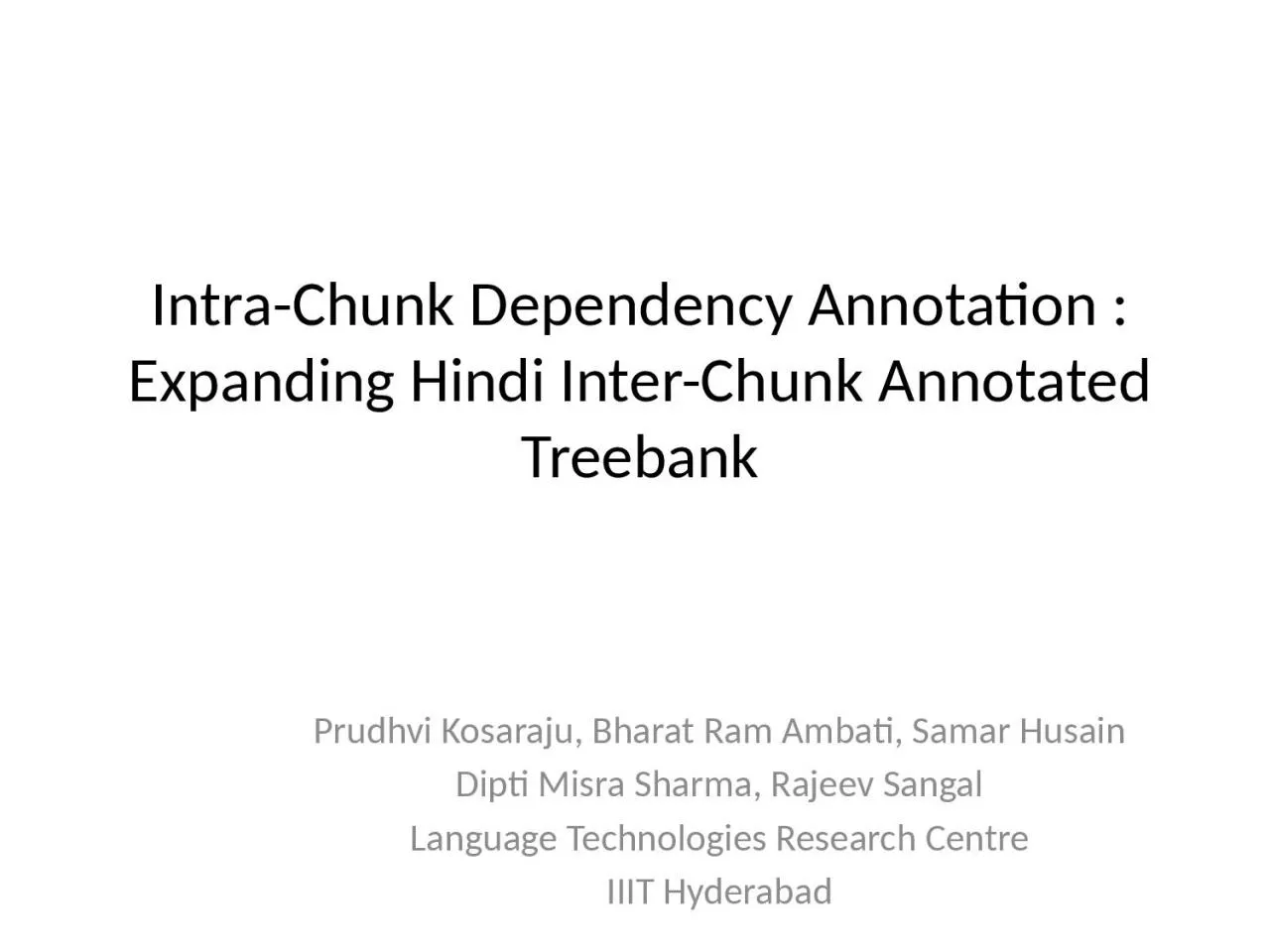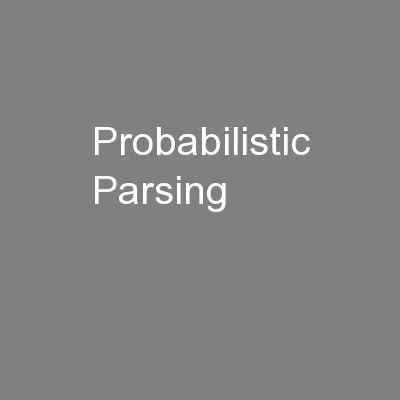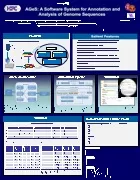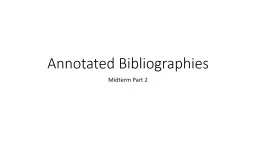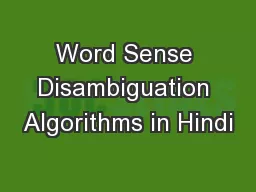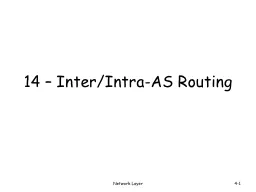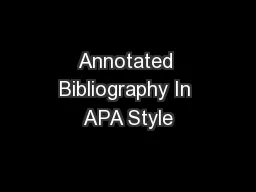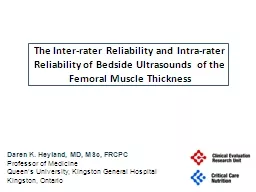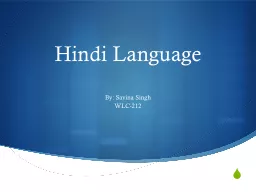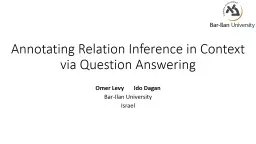PPT-Intra-Chunk Dependency Annotation : Expanding Hindi Inter-Chunk Annotated Treebank
Author : teresa | Published Date : 2023-12-30
Prudhvi Kosaraju Bharat Ram Ambati Samar Husain Dipti Misra Sharma Rajeev Sangal Language Technologies Research Centre IIIT Hyderabad Treebank Linguistic resources
Presentation Embed Code
Download Presentation
Download Presentation The PPT/PDF document "Intra-Chunk Dependency Annotation : Expa..." is the property of its rightful owner. Permission is granted to download and print the materials on this website for personal, non-commercial use only, and to display it on your personal computer provided you do not modify the materials and that you retain all copyright notices contained in the materials. By downloading content from our website, you accept the terms of this agreement.
Intra-Chunk Dependency Annotation : Expanding Hindi Inter-Chunk Annotated Treebank: Transcript
Download Rules Of Document
"Intra-Chunk Dependency Annotation : Expanding Hindi Inter-Chunk Annotated Treebank"The content belongs to its owner. You may download and print it for personal use, without modification, and keep all copyright notices. By downloading, you agree to these terms.
Related Documents

